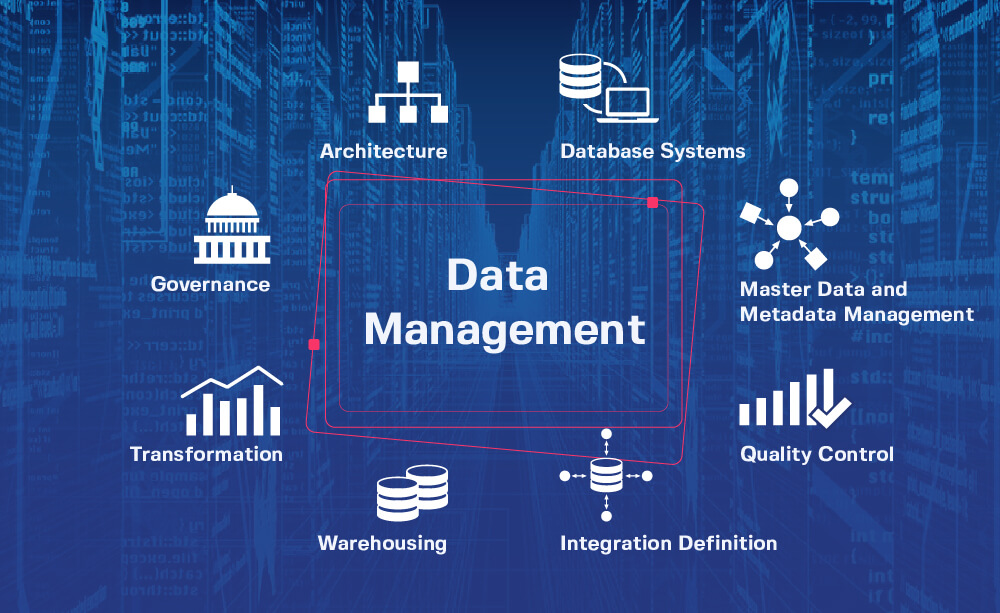Data management is the process of organizing and maintaining data in a way that makes it easy to find and use. Good data management practices can help you save time and money, while improving the quality of your data.
There are a number of things to consider when managing your data, such as:
- What format should the data be stored in?
- How will the data be accessed and used?
- What needs to be done to keep the data accurate and up-to-date?
There are a number of software tools and techniques that can help you with data management, such as:
- Database management systems
- Data mining and analysis tools
- File compression and archiving tools
It’s important to tailor your data management approach to the specific needs of your business. With careful planning and execution, you can create a data management system that meets your needs and helps you achieve your business goals.
What is the first step in data management?
The first step in data management is identifying what data needs to be managed and collected. Once the data is identified, the second step is to establish a system for organizing and storing the data. The third step is to develop a process for retrieving and using the data. And the fourth step is to establish and follow policies and procedures for maintaining the data.
What are the main processes of data management?
Data management is the process of organizing and maintaining data in a way that makes it accessible and useful. There are a number of different processes involved in data management, including data collection, data cleaning, data integration, data warehousing, and data mining.
Data collection is the process of gathering data from a variety of sources. This can include surveys, interviews, focus groups, customer data, web data, and social media data.
Data cleaning is the process of cleaning up and organizing data so that it is ready for analysis. This can include standardizing data, removing duplicate data, and correcting errors.
Data integration is the process of combining data from multiple sources into a single database. This can be done manually or using software tools.
Data warehousing is the process of organizing data into a centralized database for easy access and analysis. This can include data from multiple sources, both internal and external to the organization.
Data mining is the process of extracting valuable information from large data sets. This can include identifying trends and patterns, discovering new business opportunities, and forecasting future trends.
What are the benefits of data management?
Data management is the process of organizing and managing data in a way that makes it easy to use. By keeping your data organized, you can improve your productivity, reduce the risk of data loss, and make it easier to find the information you need.
Data management can help you to:
- Organize your data so that it is easy to find and use
- Reduce the risk of data loss
- Improve your productivity
- Make it easier to find information you need
Organizing your data makes it easier to find and use. When your data is well-organized, you can find what you need quickly and easily. This can save you time and improve your productivity.
Reducing the risk of data loss protects your data from accidents or disasters. By keeping your data safe and backed up, you can reduce the risk of losing important information.
Improving your productivity can help you to get more done in less time. By using data management tools and techniques, you can boost your efficiency and get more done in a shorter amount of time.
Making it easier to find information you need can save you time and hassle. With well-organized data, you can quickly and easily find the information you need without having to search through piles of files.


